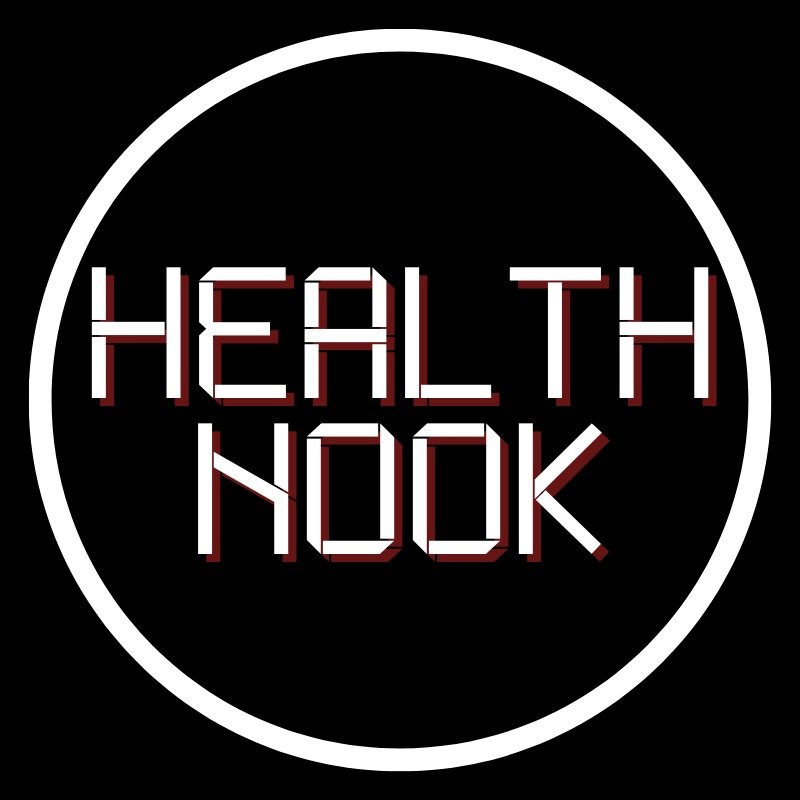Product Name: New Sales Letter Dec 2016 – Send test traffic now!
All orders are protected by SSL encryption – the highest industry standard for online security from trusted vendors.

New Sales Letter Dec 2016 – Send test traffic now! is backed with a 60 Day No Questions Asked Money Back Guarantee. If within the first 60 days of receipt you are not satisfied with Wake Up Lean™, you can request a refund by sending an email to the address given inside the product and we will immediately refund your entire purchase price, with no questions asked.
The
tag in HTML is an essential element that is used to define a paragraph of text on a webpage. It is a fundamental building block of web design and plays a crucial role in organizing and structuring content for a website. In this article, we will explore the
tag in detail, discussing its purpose, usage, and best practices for incorporating it into your web design projects.
Purpose of the
tag:
The primary purpose of the
tag is to define a paragraph of text on a webpage. By enclosing text within the
tags, web developers can create distinct blocks of content that are visually separated from each other. This helps to improve the readability and organization of the content on a webpage, making it easier for visitors to navigate and understand the information presented.
Usage of the
tag:
To use the
tag in HTML, simply enclose the text you want to define as a paragraph within the opening
tag and the closing
tag. For example:
This is a paragraph of text.
By using the
tag, you can create multiple paragraphs of text on a webpage, each separated by line breaks for better readability. Additionally, you can style paragraphs using CSS to customize their appearance, such as changing the font size, color, or alignment.
Best practices for using the
tag:
When using the
tag in your web design projects, it is essential to follow best practices to ensure that your content is well-organized and accessible to users. Here are some tips for using the
tag effectively:
1. Use the
tag for all paragraphs of text on your webpage to maintain consistency and improve readability.
2. Avoid using multiple
tags for single lines of text. Instead, use the tag for inline text styling.
3. Use CSS to style paragraphs, such as setting margins, padding, and text alignment, to enhance the visual appeal of your content.
4. Consider using semantic HTML elements, such as
In conclusion, the
tag is a fundamental element in HTML that is used to define paragraphs of text on a webpage. By following best practices for using the
tag, you can create well-organized and visually appealing content that enhances the user experience on your website. Incorporate the
tag into your web design projects to improve the readability and organization of your content.

